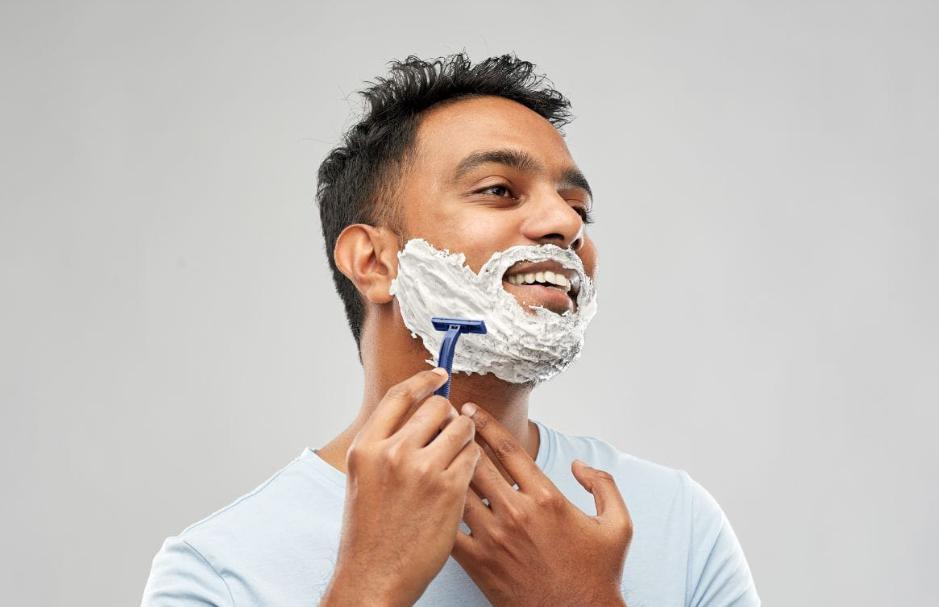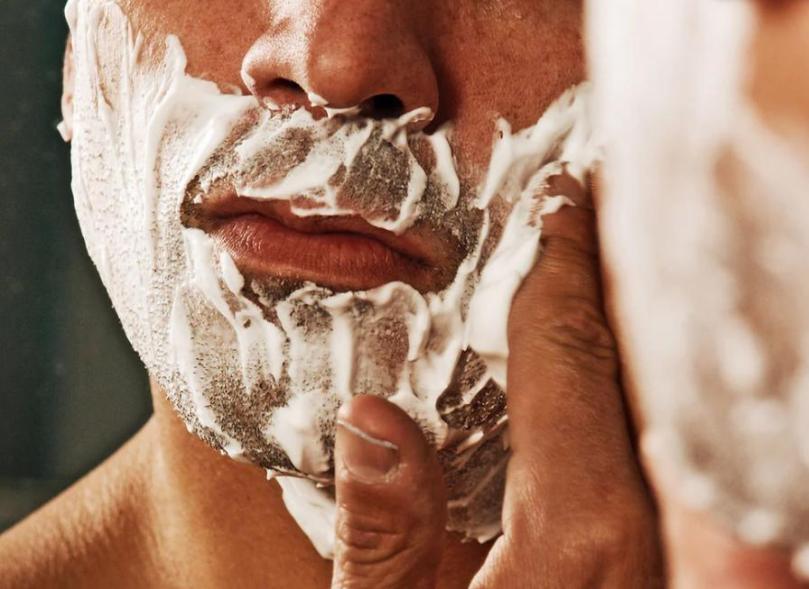Achieving smooth, soft skin is a goal for many, but knowing how to structure your shaving routine can make all the difference. One of the most common questions is do you exfoliate before or after shaving. Both practices have their proponents, but understanding how each step impacts your skin is crucial. Let’s delve into why exfoliation matters and determine the optimal order for these steps to ensure your skin is left feeling silky and irritation-free. By understanding the right timing for exfoliation and shaving, you can enjoy the best results and keep your skin in top condition.

Why Exfoliation is Essential in Your Shaving Routine
Benefits of exfoliating for smooth skin
Exfoliation helps remove dead skin cells, enabling new, fresh skin to emerge. This results not just in smoother skin but also in a more even complexion. Exfoliating unclogs pores, preventing ingrown hairs, and helps to achieve an overall polished look.
Types of exfoliation: physical vs chemical
There are two primary types of exfoliation: physical and chemical. Physical exfoliation involves using a scrub or a brush to manually remove dead skin. Chemical exfoliation uses acids like alpha hydroxy acid (AHA) and beta hydroxy acid (BHA) to dissolve dead skin cells. Both methods can be effective, but it’s essential to choose the right one for your skin type to avoid irritation.
How exfoliation preps the skin for shaving
Exfoliating before shaving helps by clearing away the buildup of dead skin cells that can clog your razor and cause uneven shaving. This practice also lifts hair, making it easier for your razor to glide smoothly along the skin, resulting in a closer and more effective shave.
Should You Exfoliate Before or After Shaving?
Dermatologist recommendations and expert opinions
Dermatologists and skincare experts generally recommend exfoliating before shaving to ensure a smoother shave. Exfoliation removes the buildup of dead skin cells and residue, which helps the razor glide more smoothly over the skin. This process allows the razor to cut hair more cleanly, reducing irritation and minimizing the risk of ingrown hairs and clogged razor blades.
Pros and cons of exfoliating before shaving
Exfoliating before shaving has several advantages. It minimizes the chance of clogged razors and reduces the risk of ingrown hairs and razor bumps by making it easier for the razor to cut through the hair cleanly. On the downside, over-exfoliating can make the skin more sensitive and prone to irritation during shaving.
What happens if you exfoliate after shaving?
If you choose to exfoliate after shaving, you may irritate freshly shaved skin. Shaving already exfoliates the skin to some extent, so adding extra exfoliation post-shave can lead to redness, itchiness, and even micro-abrasions. The skin’s barrier is more sensitive after shaving, making it vulnerable to irritation. It’s best to focus on gentle post-shave care, such as moisturizing, to soothe and lock in hydration, promoting healing and skin comfort.
How to Properly Exfoliate Before Shaving
Best time to exfoliate in your skincare routine
The ideal time to exfoliate is before you shave, but after you’ve taken a warm shower. The warmth from the water will open up your pores and soften your skin, making it much easier to remove dead skin cells. This pre-shaving exfoliation not only helps achieve a smoother shave but also reduces the risk of irritation and ingrown hairs.
Choosing the right exfoliant for your skin type
Selecting the correct exfoliant is crucial for achieving healthy, radiant skin. If you have sensitive skin, it's best to opt for a gentle chemical exfoliant, as it works without irritating. For those with normal to oily skin, a physical scrub can help remove dead skin cells more effectively. Always remember to patch-test a new product to ensure it doesn’t cause any unwanted reactions.
Mistakes to avoid when exfoliating pre-shave
Avoid using overly harsh exfoliants that can damage your skin barrier, as they may cause redness, dryness, or sensitivity. Don’t scrub too hard or too frequently, as this can lead to irritation and compromise your skin’s health. After exfoliating, always follow up with a hydrating moisturizer to lock in moisture, repair the skin, and soothe any irritation, leaving your skin soft and balanced.

Step-by-Step Guide to Shaving After Exfoliation
Prepping your skin post-exfoliation
Once you’ve exfoliated, rinse your skin thoroughly with lukewarm water to remove any residue. Ensure that your shaving area remains moist to prevent irritation. Next, apply a rich, lubricating shaving cream or gel. This will provide a smooth, protective barrier between your skin and the razor, helping to reduce friction, prevent cuts, and ensure a more comfortable shave.
Proper shaving technique for minimal irritation
Use a sharp razor to avoid tugging and irritation, ensuring a smooth shave. Shave in the direction of hair growth, using gentle, controlled strokes to reduce discomfort. Make sure to rinse your razor frequently to prevent hair and shaving cream buildup, which can lead to nicks, cuts, and uneven shaving. This helps maintain a clean, effective shave every time.
Post-shave care to lock in smoothness
After shaving, rinse your skin with cool water to close up pores and reduce potential irritation. Pat your skin dry with a clean towel and apply a soothing aftershave balm or a hydrating moisturizer to keep your skin calm and hydrated. Avoid products with alcohol, as they can dry out and irritate the skin.
Conclusion
Exfoliating before shaving can be a game-changer in your skincare routine. Do you exfoliate before or after shaving? The answer is before! Exfoliating beforehand preps your skin by removing dead cells and lifting hair, ensuring a smoother, closer shave with fewer chances of irritation and ingrown hairs. Remember to choose the right exfoliant for your skin type and follow up with proper shaving techniques and post-shave care to lock in that smoothness. Your skin will thank you for it!
FAQ
Can I exfoliate daily if I shave every day?
It’s generally not recommended to exfoliate daily, as this can lead to over-exfoliation and skin irritation. Aim to exfoliate 2-3 times a week, depending on your skin type and sensitivity.
What are the best exfoliants to use before shaving?
The best exfoliants to use before shaving are those that suit your skin type. For sensitive skin, opt for gentle chemical exfoliants containing AHAs or BHAs. For normal to oily skin, a mild physical scrub can be effective. Always avoid harsh exfoliants that can damage the skin.
How can I prevent skin irritation after shaving?
To prevent skin irritation after shaving, use a sharp razor, shave in the direction of hair growth, and avoid going over the same area multiple times. Always use a soothing, alcohol-free aftershave lotion or balm and keep your skin moisturized to maintain hydration and calm any irritation.
